Minimizing trauma to the aorta, during heart bypass surgery can significantly reduce cognitive loss that often follows the operation, a team from Wake Forest University School of Medicine reported in the Journal of Thoracic and Cardiovascular Surgery.
" A surgical strategy designed to minimize aortic manipulations can significantly reduce the incidence of cognitive deficits in coronary artery bypass graft patients compared with traditional techniques," said the team, headed by John W. Hammon Jr.
Surgical technique is the primary cause of later thinking – cognitive – problems in coronary artery bypass graft patients, concluded the research team from the School of Medicine, part of Wake Forest University Baptist Medical Center.
Since the late 1980s, the team has focused on surgical technique. In 1997, they reported reducing stroke and other acute complications following coronary artery bypass surgery from the national average of six percent of patients to less than one percent of patients at Wake Forest University Baptist Medical Center.
Difficulty in thinking is also a widespread problem following bypass surgery, reported at many institutions. Since 1992, the Wake Forest research team has been investigating these cognitive complications following bypass surgery which normally employs the heart-lung machine. They developed methods to track the causes of the complications and test techniques to reduce the complications.
They have also been developing methods for doing coronary artery bypass without using the heart-lung machine. Much of the research over the years was paid for with a major grant from the National Institutes of Health.
In the new study of 237 patients, the team compared the standard method of coronary artery bypass using the heart-lung machine with surgical techniques that minimized movement of the aorta while still using the machine. Movement was reduced by using a single clamp that exerted significantly less force on the aorta than the standard cross clamp. Surgery without the machine was also compared.
The researchers gave the patients a battery of 11 psychological tests before surgery, then at three to five days after surgery, again between three and six weeks and again at six months. The tests measured such things as fine motor function, verbal and nonverbal memory, attention and concentration.
In the week after surgery, at least 60 percent of the patients in all three groups showed neurological deficits. The number of patients with deficits declined steadily in both the group without the heart-lung machine, and the group with minimal movement of the aorta. By six months, only 32 percent of the patients who didn't use the machine and 30 percent of the patients who had minimal aortic movement had deficits, suggesting less permanent injury in both groups.
But 57 percent of the patients who had the traditional surgery still had deficits at six months, the researchers reported. Based on monitoring techniques developed over the past 10 years at Wake Forest, the team tracked particles called emboli and gaseous bubbles going to the brain during the surgery. Team members believe the emboli are the cause of the neurological deficits.
Patients on whom the heart-lung machine was not used had significantly fewer emboli than patients who had the traditional operation, but that option is generally reserved for younger patients. Among patients who had the machine, those with minimal movement of the aorta had fewer emboli than those who had the traditional operation, but the difference did not reach statistical significance.
Source: Wake Forest University Baptist Medical Center, 2006




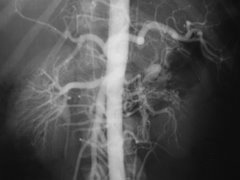

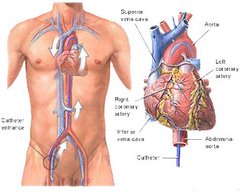
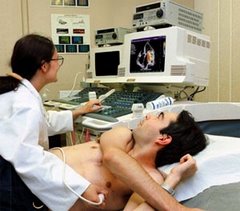
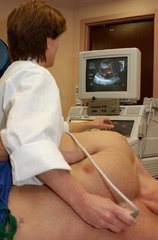
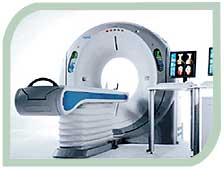
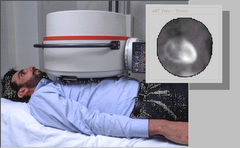
No comments:
Post a Comment